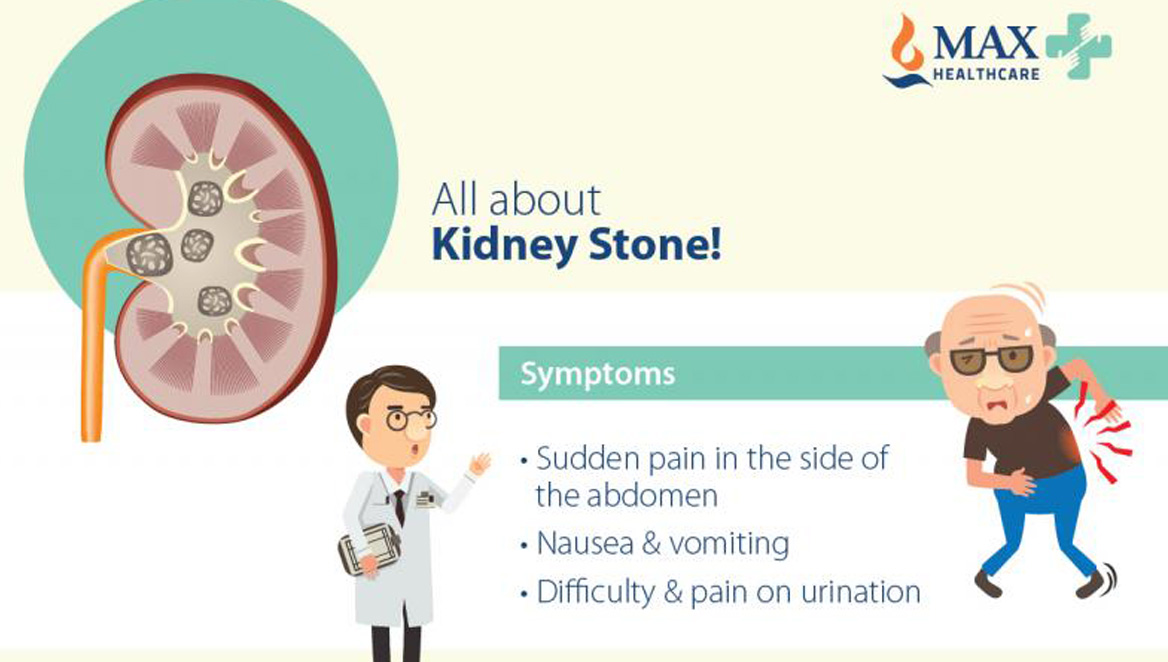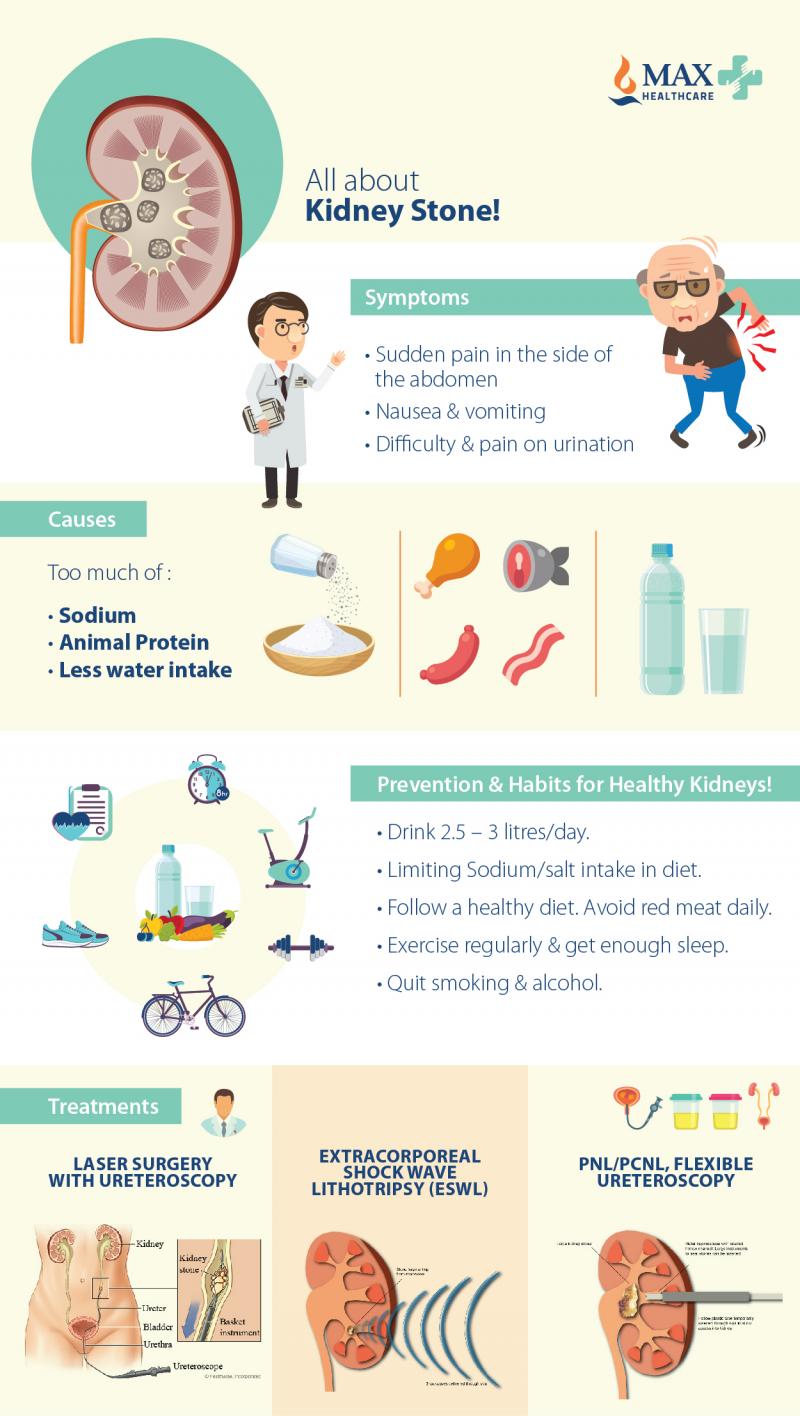For couples who have made the decision not to have any more children, vasectomy is a trustworthy and effective birth control method. Though performed on a man, vasectomy is a permanent birth control method with 99.85 percent efficacy and a guarantee that the woman will not have unwanted pregnancies in the future. It does not interfere with a man’s sex drive, erections, orgasm and ejaculation and is only accompanied by temporary discomfort in men. But as with men, many women have worries about the procedure and are concerned whether it can hurt their relationships, sexually and emotionally. Here are the top 3 FAQs women ask about vasectomy.
1. Is vasectomy a perfect form of contraception?
As a permanent means of preventing pregnancy that works through the cutting of the vas deferens, tubes carrying sperm from the testes to the penis, vasectomy ensures sperm does not exit the penis during ejaculation. After the procedure, a man’s body continues to produce sperm, but the secreted sperm die and get reabsorbed by the body. A man cannot make a woman pregnant after vasectomy as long as the couple has used an alternative birth control method for the first 8-12 weeks after the procedure to allow the sperm count in the semen to drop to zero. Once the man has had a follow up test of the semen to confirm there is a zero sperm count, the couple can enjoy sexual activity without any more worries of pregnancy or need for other birth control methods.
2. Is vasectomy easier and more effective than tubal ligation?
Women can have their “tubes tied” surgically by a gynecologist. Tubal ligation is the closing of the fallopian tubes to prevent sperm from reaching an egg (ovum). When not undertaken during a caesarian section (C-section), tubal ligation is a complex procedure requiring a hospital setting, abdominal incisions and general anesthesia, posing a greater risk of complications such as scar tissue, bleeding and longer recovery. On the other hand, vasectomy is a less complex 15-20-minute procedure often performed by a urologist in an ambulatory surgery center (or rarely in the doctor’s office or hospital setting) using local anesthesia and accompanied with minimal to mild discomfort. Vasectomy also can be performed using the no-scalpel technique that requires no incisions, ensuring recovery occurs within a few days. In a sense, vasectomy is easier to perform and more effective in preventing pregnancies than tubal ligation.
3. Can vasectomy be reversed?
For women exploring vasectomy as a permanent birth control method, there is usually the question of what happens when life’s circumstances change after having the procedure and there is a need to conceive naturally. What if we lose all our children or find ourselves in a situation where we need a child after years of having a vasectomy? Well, for such couples, the option of vasectomy reversal can be explored. St. Pete Urology Center has a team of skilled and experienced vasectomy reversal urologists offering reversal services with over 90 percent success rate to couples who wish to have the procedure reversed in order to conceive naturally.
Our team of urologists understands that a vasectomy is a major life decision for couples and provides answers to a broad range of questions on the issue. For more information on vasectomy, visit the site, St Pete Urology.





